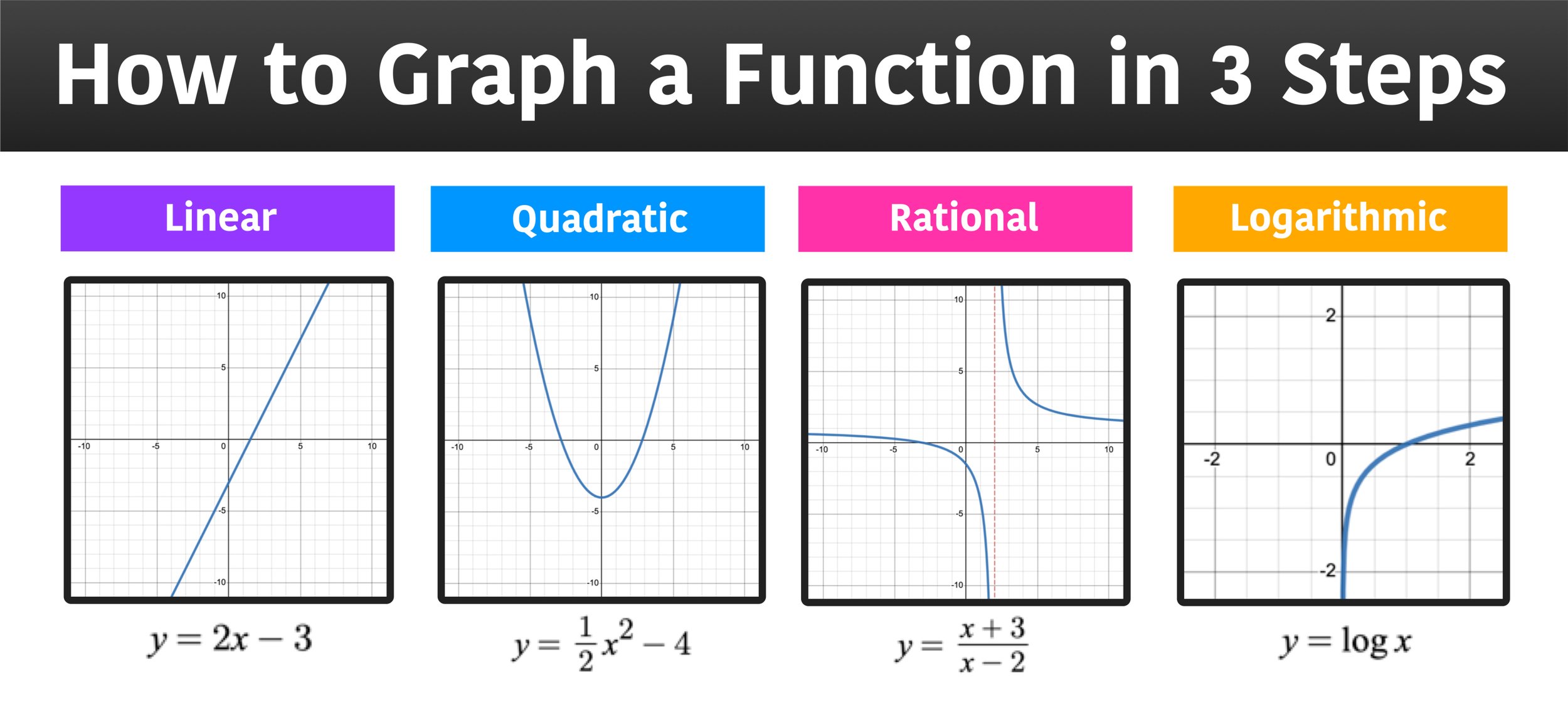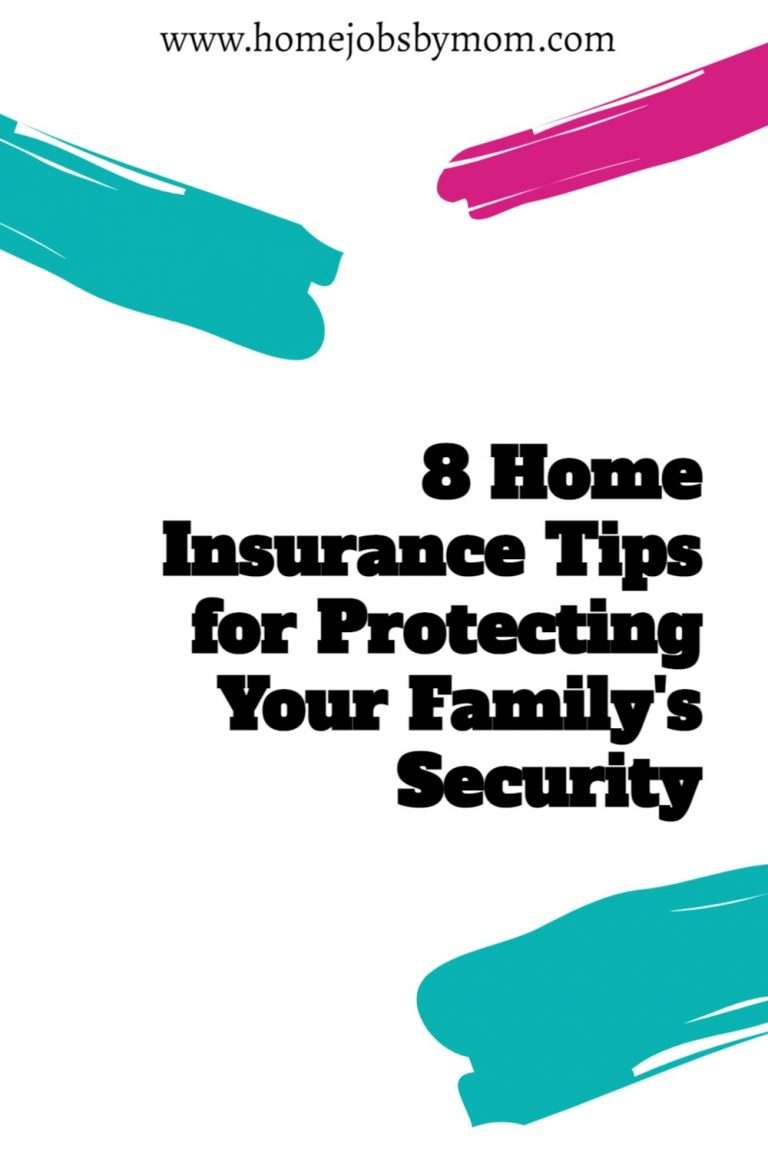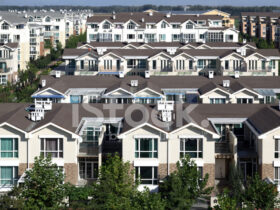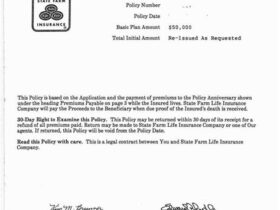Home insurance is a critical safeguard for homeowners in the United States, offering financial protection against unexpected events that can damage or destroy a home and its contents. However, navigating the complexities of home insurance can be confusing, especially when encountering terms like “homeowners insurance” and “home insurance.” Are they the same, or are there subtle but important differences? This article aims to clarify the terminology, explain the different types of coverage available, and provide guidance on choosing the right policy for your needs.
Understanding the Basics: Homeowners Insurance and Home Insurance
In the United States, the terms “homeowners insurance” and “home insurance” are generally used interchangeably. Both refer to a package policy designed to protect a homeowner’s property and belongings from a range of perils, such as fire, theft, vandalism, and certain natural disasters.
While the terms are synonymous, it’s important to understand the components of a standard home insurance policy. These typically include:
- Dwelling Coverage: This protects the physical structure of your home, including the walls, roof, and foundation. It covers the cost of repairing or rebuilding your home if it’s damaged by a covered peril.
- Personal Property Coverage: This covers your belongings inside the home, such as furniture, clothing, electronics, and appliances. It provides reimbursement for the cost of replacing these items if they are stolen, damaged, or destroyed by a covered peril.
- Liability Coverage: This protects you financially if someone is injured on your property and you are found legally responsible. It covers medical expenses, legal fees, and any settlements or judgments against you.
- Additional Living Expenses (ALE): Also known as loss of use coverage, this pays for temporary housing and living expenses if your home is uninhabitable due to a covered peril. This can include hotel bills, restaurant meals, and other necessary expenses.
Types of Home Insurance Policies

While the core components remain the same, home insurance policies come in various forms, each offering different levels of coverage. Here are some common types:
- HO-1 (Basic Form): This is the most basic and least comprehensive type of home insurance. It covers a limited number of perils, such as fire, lightning, windstorm, hail, explosion, vandalism, and theft.
- HO-2 (Broad Form): This policy covers all the perils listed in HO-1, plus additional perils like falling objects, weight of ice, snow, or sleet, and accidental discharge or overflow of water or steam.
- HO-3 (Special Form): This is the most common type of home insurance policy. It provides “all-risk” coverage for the dwelling, meaning it covers all perils except those specifically excluded in the policy. It typically covers personal property on a named-peril basis, similar to HO-2.
- HO-5 (Comprehensive Form): This is the most comprehensive type of home insurance policy. It provides “all-risk” coverage for both the dwelling and personal property, offering the broadest protection available.
- HO-6 (Condo Form): This policy is designed for condominium owners. It covers the interior of the condo unit, personal property, and liability coverage. It does not cover the building’s structure, which is typically covered by the condo association’s master policy.
- HO-8 (Modified Coverage Form): This policy is designed for older homes where the replacement cost exceeds the market value. It provides basic coverage for named perils and uses a functional replacement cost basis, meaning it covers the cost of repairing or replacing damaged items with less expensive, modern materials.
Factors Affecting Home Insurance Premiums

Several factors influence the cost of home insurance premiums. Understanding these factors can help you make informed decisions and potentially lower your insurance costs.
- Location: Homes in areas with higher crime rates, extreme weather patterns, or a history of natural disasters typically have higher premiums.
- Dwelling Value: The higher the value of your home, the more it will cost to insure. This is because the insurance company would have to pay more to rebuild your home if it were destroyed.
- Deductible: The deductible is the amount you pay out of pocket before your insurance coverage kicks in. A higher deductible typically results in a lower premium, while a lower deductible results in a higher premium.
- Coverage Limits: Higher coverage limits for dwelling, personal property, and liability coverage will increase your premium.
- Claims History: If you have a history of filing claims, your premiums will likely be higher. This is because insurance companies view you as a higher risk.
- Credit Score: In many states, insurance companies use credit scores to assess risk. A lower credit score may result in higher premiums.
- Home Features: Certain home features, such as a swimming pool, trampoline, or wood-burning stove, can increase your premiums due to the increased risk of accidents or injuries.
- Age and Condition of the Home: Older homes or homes in disrepair may have higher premiums due to the increased risk of structural problems or other issues.
Tips for Choosing the Right Home Insurance Policy

Choosing the right home insurance policy can be a daunting task, but it’s essential to ensure you have adequate protection for your home and belongings. Here are some tips to help you make the right choice:
- Assess Your Needs: Determine the value of your home and personal property to ensure you have adequate coverage limits. Consider any unique risks or vulnerabilities specific to your location or property.
- Shop Around: Get quotes from multiple insurance companies to compare prices and coverage options. Use online comparison tools or work with an independent insurance agent to get multiple quotes.
- Read the Fine Print: Carefully review the policy wording to understand the coverage, exclusions, and limitations. Pay attention to any endorsements or riders that may modify the standard coverage.
- Consider a Higher Deductible: If you’re comfortable paying more out of pocket in the event of a claim, consider a higher deductible to lower your premium.
- Ask Questions: Don’t hesitate to ask your insurance agent or company representative any questions you have about the policy. Make sure you understand the coverage and how it applies to your specific situation.
- Bundle Your Policies: If you have other insurance policies, such as auto insurance, consider bundling them with the same company to potentially save money.
- Review Your Policy Annually: Review your policy annually to ensure it still meets your needs and that your coverage limits are adequate. Update your policy if you make any significant changes to your home or acquire valuable new possessions.
Common Misconceptions About Home Insurance

There are several common misconceptions about home insurance that can lead to inadequate coverage or unexpected surprises. Here are a few to be aware of:
- “My home insurance covers everything.” Home insurance policies typically exclude certain perils, such as floods, earthquakes, and wear and tear. You may need to purchase separate policies or endorsements to cover these risks.
- “I only need enough coverage to pay off my mortgage.” Your home insurance should cover the cost of rebuilding your home, not just the amount you owe on your mortgage. The rebuild cost may be higher than the market value of your home.
- “My personal property is covered at replacement cost.” Some policies cover personal property at actual cash value (ACV), which factors in depreciation. To ensure you receive the full replacement cost, you may need to purchase a replacement cost endorsement.
- “I don’t need flood insurance because I don’t live near water.” Flooding can occur anywhere, not just in coastal areas or near rivers. Even if you live in a low-risk area, you may still be vulnerable to flooding due to heavy rainfall or drainage issues.
- “My landlord’s insurance covers my belongings.” Landlord insurance only covers the building itself, not the tenant’s belongings. Tenants need to purchase their own renters insurance to protect their personal property.
Staying Informed and Protected
Understanding the nuances of home insurance is essential for protecting your most valuable asset. By familiarizing yourself with the different types of policies, factors affecting premiums, and common misconceptions, you can make informed decisions and choose the right coverage for your specific needs. Remember to shop around, read the fine print, and ask questions to ensure you have adequate protection against unexpected events. Don’t wait until disaster strikes to discover you’re underinsured. Take the time to review your policy and ensure you have the peace of mind that comes with knowing you’re properly protected.





Leave a Reply